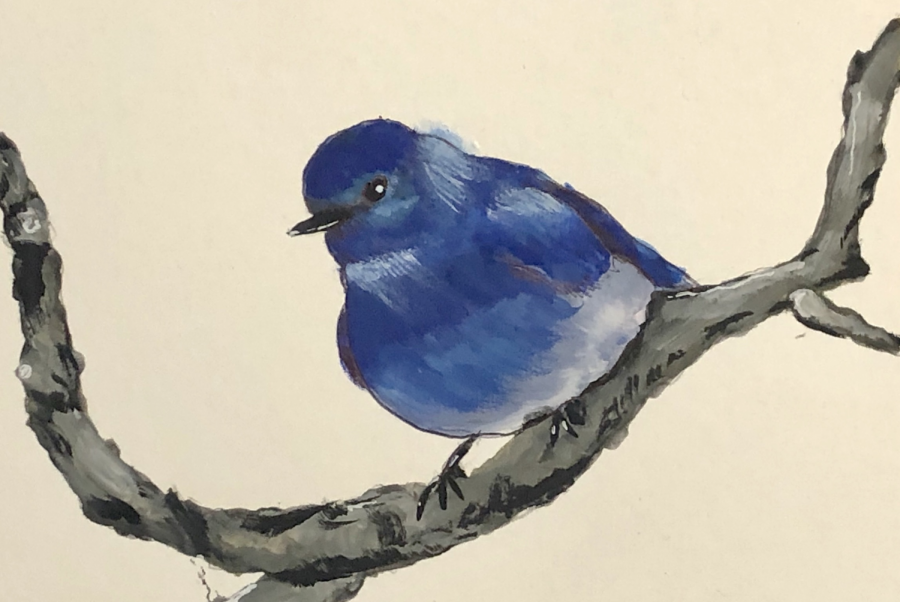Birds are disappearing. Here’s why you should care
October 22, 2020
Last year in Walla Walla, my environmental studies class visited Mill Creek on several different occasions. I remember noticing a small gray bird dipping into the water to catch food. The aptly-named American Dipper swims in cold-water streams for aquatic insects and fish eggs. Unfortunately, Dippers face threats of survival due to major habitat loss, water pollution and climate change.
Birds are everywhere. Their unique behaviors and capacity to adapt have fascinated scientists and bird lovers alike; and as delicate indicators of environmental health, we have good reason to be paying close attention to their rapid decline.
Since 1970, North America has lost about 2.9 billion birds, resulting in a 30 percent decline. A recent study by scientists from the Audubon Society found that “64 percent of North American bird species are at risk of extinction from climate change.” Near Walla Walla in Umatilla County, 37 species are considered to be highly vulnerable to losing suitable habitats.
Why is this so concerning? Sure, forests may be quieter without woodpeckers and warblers, and skies will feel emptier without flocks of noisy geese. However, the steep decline in bird populations paints a dire and concerning picture about the future of our planet. As birds suffer, we will suffer, too.
Birds serve important roles by pollinating flowers, reducing pest populations for our crops and spreading seed for the proliferation of forests. Protecting their habitats also means protecting fresh water and clean air. Helping birds thrive will, in turn, allow humans to thrive.

Avian populations and their steep decline reflect a broader crisis in the delicate web of global ecosystems. Birds are seen as “bioindicators” because they alert scientists to larger problems in the health of our ecosystems. Rising temperatures due to climate change are especially detrimental to bird populations. Spring migration timing has been thrown off, causing “false springs” which impact millions of birds in North America. By studying bird activity, including migrations, we can gather a general sense of how we’re doing environmentally. Thanks in part to the current presidential administration, things are looking worse than ever.
The Trump administration’s attempts to roll back nearly 100 environmental regulations further threatens bird populations and habitats. In fact, 72 reversals have already been completed. The removal of these protections also poses incredible health risks to human life. Infuriatingly, many of these rollbacks will contribute to declining air quality during a pandemic which already inhibits people’s ability to breathe. This poses public health concerns in the most vulnerable parts of the United States, including Black, Latino and low-income communities.
Paying attention to birds is crucial for understanding the negative impacts of climate change and pollution on human health. As we watch species suffer and risk their extinction from the damage we do to our planet, we must be reminded of our own vulnerability. Humans and animals live in carefully balanced ecosystems, and climate change threatens to damage this sensitive coexistence. Our fates are intertwined, and protecting the future of birds will ensure a healthy future for us, too.
We must act quickly to ensure the wellbeing of us all, for the sake of humans, American Dippers, Black-billed Magpies and Mountain Bluebirds alike.



